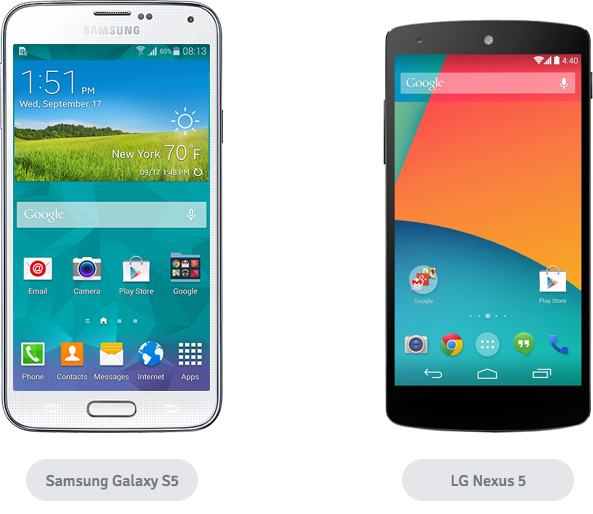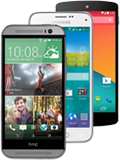

/en/androidbasics/android-frequently-asked-questions/content/

You're probably here because you already have an Android device or are thinking about buying one. Congratulations—a new smartphone or tablet can be useful, empowering, and also lots of fun!
Unlike the iPhone or iPad (which are only available in a few different models), there are hundreds of Android devices to choose from. That's part of what makes them so appealing. You're bound to find something you like, whether you're shopping on a budget or looking for the latest high-end device.
If you're wondering why there are so many choices, it may help to understand what Android is. Technically, it's an operating system for smartphones and tablets. Many different companies make devices that are powered by Android, including Samsung, HTC, LG, and other lesser-known brands. That's why every Android device is different—each manufacturer likes to put its own spin on it.
Android devices vary based on the manufacturer and sometimes even your mobile carrier. For instance, take a look at the two Android phones below. What do you see?

Some differences are obvious, but others are less apparent. Here are some examples:
This is a pretty good example of the type of variety you can expect from Android devices. There will always be differences in hardware, including things like outer appearance, storage capacity, and camera quality. There will also be differences in software (in other words, the on-screen features) that can affect your experience with Android in general.
There's one more thing to be aware of when it comes to Android devices. Not only are there different phones and tablets to choose from, but there are also different versions of the Android operating system. This can affect everything from the layout of your screen to the availability of certain features. To learn more, check out our FAQs.
By now, you know that every Android device is unique. If you don't have one yet, it's time to choose the one you want (this is the fun part!). You'll also need to pick a mobile carrier and find out what types of service options it offers. Keep in mind that some of this information will apply more to phones than tablets.

There are hundreds of Android devices to choose from, and each one is different. It's a good idea to do some research before making a decision, especially if there are certain features that are important to you.
If you're not sure where to begin, you might want to check out some reviews on sites like CNET and PCMag. This can give you a better idea of which devices are available and how well they perform. In general, there are three factors to keep in mind: price, features, and carrier.
To place calls with your phone—or use mobile data with your tablet—you'll need to purchase service from a mobile carrier. Most carriers offer a variety of plans to fit your budget and lifestyle. There are generally two types of service to choose from: a two-year contract or no contract. Both have their pros and cons.
Have you decided which device and carrier you want? When you're ready, there are many different ways to make your purchase, including online or at a local store. Take some time to research your options before you decide.
Beware of any sales or promotions that sound too good to be true (especially online). Some Android devices are very expensive, so there will always be sellers and scammers looking to take advantage of unsuspecting buyers. When in doubt, purchase your device from a well-known retailer or mobile carrier.
/en/androidbasics/getting-started-with-your-device/content/